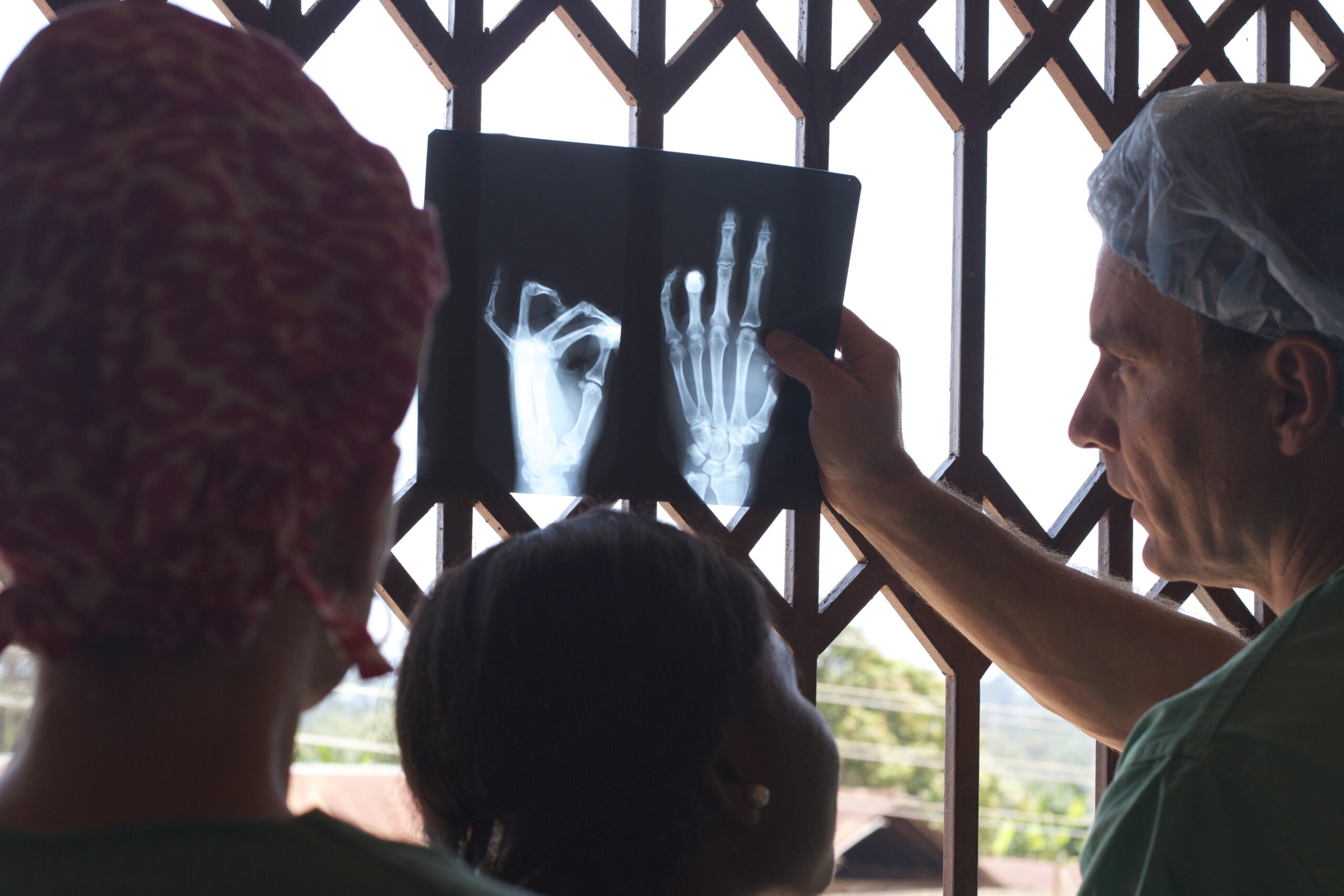What We Do
Geriatric Care Support
our medical team expressed a keen interest in extending assistance to the elderly population in rural Africa, as requested by our local partners. To achieve this goal, I devised a survey and circulated it among a nursing school comprising over 200 students. Our aim was to gain insights into the community’s needs to enhance our support efforts effectively.
Buruli Ulcer Initiative
Mycobacterium ulcerans, the bacterium responsible for Buruli ulcer, presents in two primary clinical forms: non-ulcerative and ulcerative. Accurate recognition—particularly in endemic regions—is essential for timely treatment. Non-ulcerative forms often begin as a papule, a small painless raised lesion under 1 cm in diameter with reddened skin, frequently seen in Australia. In African regions, the disease commonly presents as a nodule, a subcutaneous lesion 1–2 cm in size that may appear discolored or itchy but remains generally painless. Plaques are larger, firm, painless lesions over 2 cm with irregular borders and skin discoloration. In more aggressive cases, the oedematous form manifests as extensive, non-pitting swelling with ill-defined margins, typically affecting a limb and occasionally accompanied by systemic symptoms such as fever.
If left untreated, the disease often progresses to its ulcerative stage, characterized by large, indurated ulcers with undermined edges. These lesions may exhibit a distinctive necrotic base that appears white and cotton-like due to tissue sloughing. Early diagnosis and differentiation between forms are vital to minimize tissue destruction and initiate prompt medical or surgical intervention.




